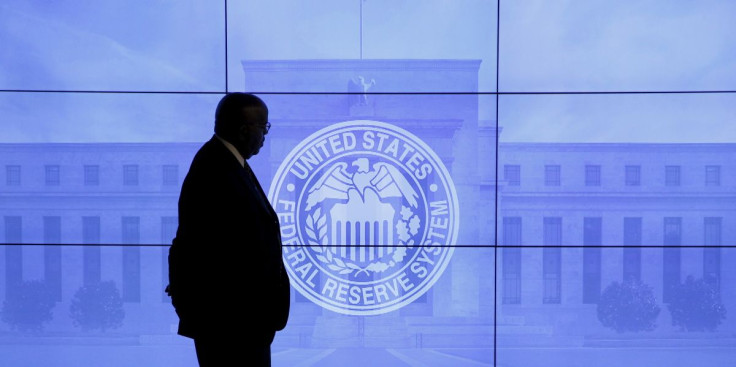U.S. Yield Curve Points To Recession Risk As Market Challenges Fed's 'Soft-landing'

The U.S. Treasury yield curve is increasingly pointing to the risk of an approaching recession, with markets clearly doubting the U.S. Federal Reserve's plan to engineer a "soft landing" for the economy as it hikes interest rates to fight inflation.
The yield gap between 10-year and two-year Treasuries has narrowed by about 60 basis points since the start of the year, with the longer-dated notes now yielding just 21 basis points more than two-year debt.
Any inversion of the two, when shorter notes yield more than longer ones, is generally seen as presaging a recession by six to 24 months.
"The market seems to be challenging the soft-landing view for the US economy that the Fed argued at the March FOMC meeting", BofA strategists said in a note to clients on Monday.
The FOMC, the Fed's policy-setting committee, raised rates on March 16 for the first time since 2018 and forecast an aggressive path of further increases to counter inflation. Policymakers also trimmed their economic growth projections for the year.
Some analysts have noted that when rates move along the lines the Fed is already projecting, it tends to end in recession - not the "soft landing" Fed Chair Jerome Powell intends, where inflation is brought down to a target of a little more than 2% from the current 7% without pushing the economy into contraction.
"The recent 2s10s curve dynamics reflect recession risks, and not just through the curve's extreme flatness at the inception of the Fed tightening cycle", said the BofA strategists.
They argue that the curve inversion priced into the forwards market suggests the Fed may need to cut rates after an aggressive near-term tightening cycle.
The macroeconomic scenario implied by the curve is one where policy rates reach a peak of 2.25-2.50% by mid-2023, BofA said. This would be followed by an economic slowdown in two-to-three years, pushing the Fed to 50-60 basis points worth of rate cuts by the end of 2025.
The yield curve is reflecting a shift in market views on the ability of the Fed to tighten monetary policy just enough to reduce inflation without throwing the economy into a recession, said Melissa Brown, Global Head of Applied Research at Qontigo.
"The market perhaps is assuming that they can't thread that needle... it's going to be tough to not drive us into recession", she said.
Morgan Stanley said in a research note on Sunday that an inversion of the yield curve was possible in the second quarter this year, but that an inversion does not necessarily anticipate a recession.
"However, it does support our view for sharply decelerating earnings growth", it said.
© Copyright Thomson Reuters 2024. All rights reserved.




















